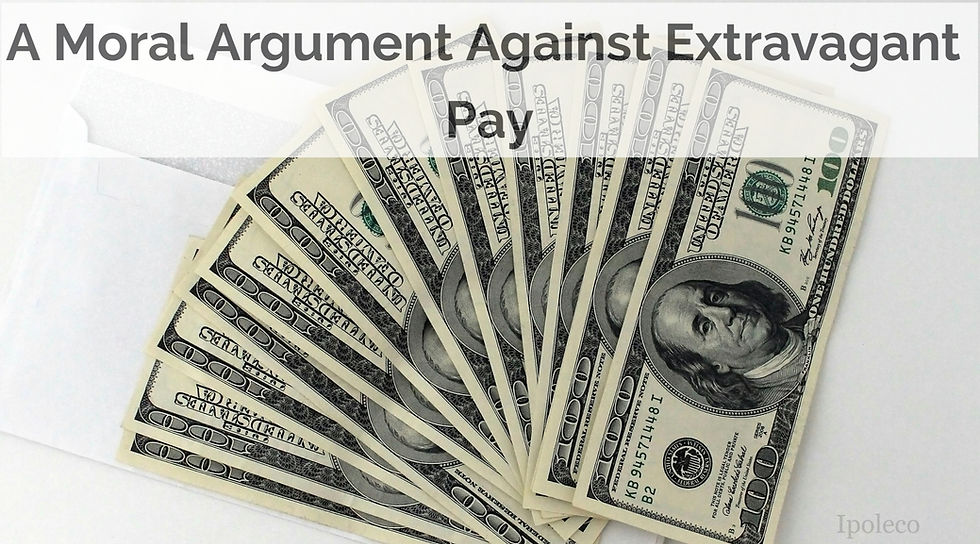An Analysis of the Aggregate Effects of QE and Near Zero Interest Rates
- Karl Johansson

- 27 feb. 2019
- 3 min läsning
One of my most common topics to write about on the blog has been Quantitative Easing (QE), both because I find it very interesting and because it’s a big part of my dissertation which I’m in the process of writing. As part of the dissertation writing process I was fortunate to be able to do two interviews over the weekend. These interviews helped highlight some of the other side effects of QE which I hadn’t considered. I tend to think about QE on the level of an individual, one of my best blog posts were about how QE and inequality intersects (which you can read here if you’re interested). This week I’ll instead take a step back and focus on the aggregate and macro-scale effects of QE and interest rates near zero. These effects create an environment where competition isn’t as fierce as it should be which creates firms which only stay afloat through the artificial respiration of cheap credit and can create moral hazard which prevents some Eurozone countries from making important structural changes in their economies.
Schumpeter wrote about the creative destruction capitalism facilitates in the 1940’s which refers to the process whereby an entrepreneur enters an established market with an innovative product and competes with the established firms already in the market until the old giants are gone and the entrepreneur’s firm is the leader. The idea is that the cycle of competition leads to creative destruction which creates better firms as well as better and cheaper products and services. QE raises the valuations of firms which makes it easier and cheaper for those firms to raise capital at the same time as interest rates are low makes it very cheap to borrow money. This makes it much easier for a firm to stay afloat past its expiration date. What happens when the creative destruction is suspended? Well the economy becomes less efficient. A less efficient economy in turn probably means slower growth, less innovation, and lower living standards compared to what could’ve been had the economy stayed at its original level of efficiency.
After the European Central Bank (ECB) initiated its asset purchasing programme it started to buy a lot of government debt to make sure that the southern European states stayed afloat during and after the Euro crisis. This creates moral hazard as the ECB demonstrates that it will do “whatever it takes” as Draghi famously said. Why make difficult and unpopular structural changes to the economy when Draghi has promised to do whatever it takes. As we’ve seen in Greece, structural changes to the economy are difficult and unpopular but would be required to create a more structurally sound economy.
A variant of this can be found in Sweden where the central bank has pursued expansionary monetary policy and a bond purchasing programme which has, unsurprisingly as the Riksbank has not raised interest rates much even in an economic boom, resulted in a weak Krona (the Swedish currency). This is very bad for Swedes who like to buy imported products but good for the Swedish export sector as it becomes cheaper for foreigners to buy Swedish goods. However, this can in the long run decrease Swedish competitiveness as the central bank does all the heavy lifting for exporters so that the firms themselves don’t have to become more efficient or provide better products/services. I don’t need to tell you why this isn’t good.
To conclude, I believe prolonged bouts of QE and low interest rates probably harms economies. What do you think? Please leave your thoughts and comments in the comment section below or on Twitter. If you want to read more about QE you can find all my previous posts on the subject here. Thank you for reading and come back on Sunday for the next blog post!
Photo by Pixabay on Pexels



Kommentarer